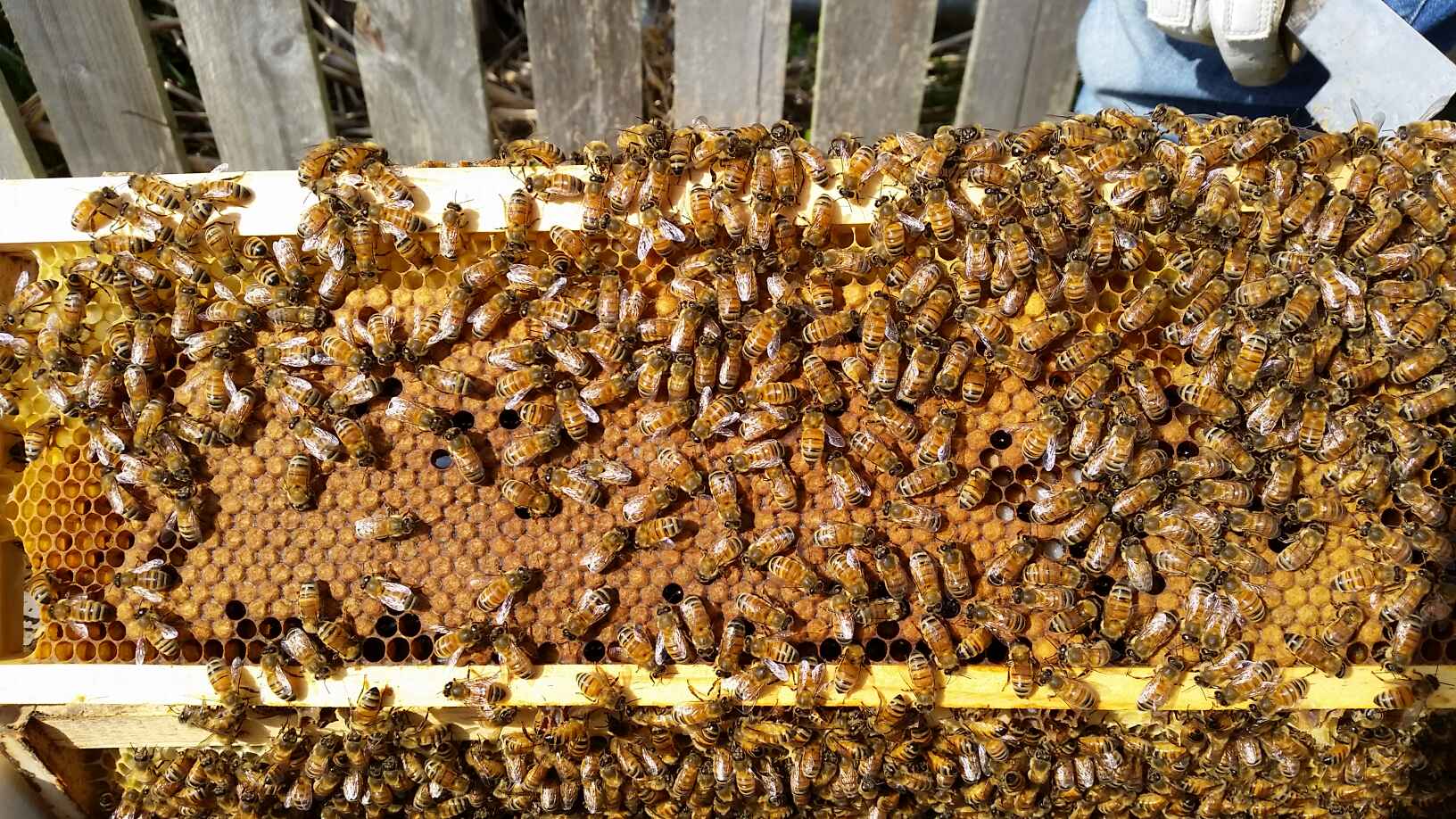Droning on about Bees
/Natural Comb built for Drones
I have a number of reports about dead drones or lower numbers of drones as we head toward the end of summer. This is perfectly natural and is created by the colony as the seasons change. When working with natural comb, one gets to see this cycle even more clearly.
In our cool temperate Tasmanian climate we experience short seasons for honey production, snow in many seasons, the highest number of rainy days across Australia and often many seasons in a day. It calls for a unique approach to our beekeeping however the cycles still follow the pattern of length of days/sunshine hours to prompt bee behaviour.
In Spring (September to November) as the colony rapidly expands, the bees ensure they create large numbers of drone cells for the peak of their breeding season. They raise the numbers to about 25% of the colony. You can see how plentiful they are on the frames and hanging outside virgin queen hives at this time of the year. And they are just the drones at home! Many of them are flying from hive to hive and congregating in the mating areas.
By Summer (December to February), the bees reduce the number of drones to about 15% and by Autumn (March to May), they reduce further to around 5%. When the temperature drops to 13 degrees the bees start their clustering. As Winter(June to August) gets closer, they ensure all the leftover drones are not fed and tossed out of home. When Spring again arrives one of the first tasks of the colony if the production of drones.
With natural comb production during Spring, the bees will quickly draw an abundance of drone comb and if you are only familiar with foundation, you might think they are overdoing it. The bees however, know best and they are keen to ensure they are able to reproduce and thrive. When they do not need to use foundation and build their comb, they ensure they have plenty of drones for a short period. The drones are helpful to the hive for temperature control, humidity control and bringing calmness to the colony. In fact they greatly assist the hive in its expansion through these tasks. As the season progresses, they reduce the number of drone cells, sometimes filling them with nectar.
An observant beekeeper will learn a natural sense of how much drone production occurs in a healthy, vibrant colony. Where drone comb is greatly excessive it may be another indicator of possible swarming or supercedure of a queen. This is a useful indicator when we appreciate how much drone production occurs in the natural cycle of a colony.
Happy beeking!


